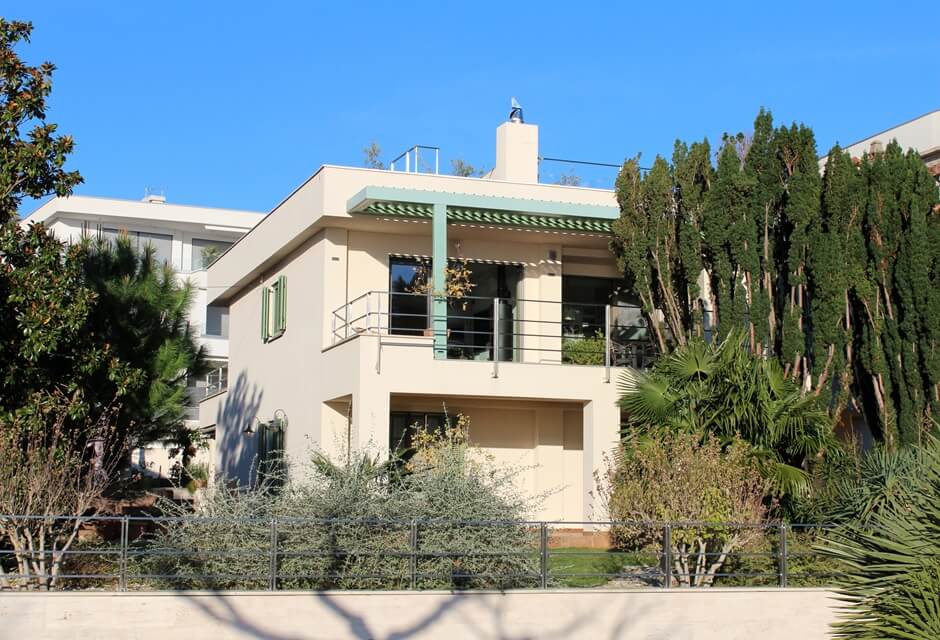
Many property owners consider flat roof installation for its modern design, simplicity, and versatility. From commercial buildings to home additions, flat roofs offer a clean appearance and can be more cost-effective compared to pitched options.
Flat roofs are widely used in both urban and rural settings. Their low-profile structure allows for extra rooftop features like HVAC systems, decks, or solar panels. However, proper planning and installation are necessary to avoid long-term issues like water pooling or leaks. Keep reading to learn more about it!
Understanding Flat Roof Structure
When installing flat roof systems, you need to know that flat roofs are not entirely level. A slight slope is required to allow rainwater to drain correctly and for snow melt systems. This slope is also known as pitch, and typically, a minimum of 1/4 inch per foot is how much pitch a flat roof needs to prevent standing water.
Flat roofs also require layered materials for protection. These may include an insulated roof, vapor barriers, membranes, and sometimes gravel or coatings. Each component plays a part in helping the roof perform well under exposure to sun, wind, and water.
How to Install a Flat Roof: Steps and Process
While flat roof installation may seem straightforward, it requires careful planning and attention to detail to ensure long-term durability and weather resistance. Knowing the process ahead of time can help you prepare better, choose the right materials, and communicate more effectively with contractors. The basic steps involve:
- Removing the old roofing material (if replacing)
- Inspecting and repairing the roof deck
- Installing insulation panels
- Adding a vapor barrier
- Securing the roofing membrane using adhesives, heat, or fasteners
- Sealing all edges and penetrations
Each layer must be applied with care, as mistakes can lead to moisture issues or insulation failure. Roof edges and flashing should also be reinforced for added protection.
What about Shingles and Metal Roofing?
If you are wondering how to install shingles on a flat roof, traditional shingles are designed for steep-slope roofs and do not perform well on flat surfaces. However, low-slope systems may allow for specialty shingles with proper underlayment that improves water resistance.
On the other hand, to install metal roofing on a flat roof is a more common approach. Standing seam metal panels can be used with a low slope, as long as they are installed with proper overlap and sealants. Metal roofing provides durability and excellent longevity, but precise measurements and correct sealing methods are required for performance.
Materials Commonly Used for Flat Roofs
Flat roofs can be built using various roof material types. Each material has benefits depending on the building type, climate, and installation goals. Here are a few widely used options:
- TPO (Thermoplastic Polyolefin): Lightweight and energy-efficient
- EPDM (Rubber): Durable and weather-resistant
- Modified Bitumen: Asphalt-based and layered with reinforcing materials
- Metal Panels: Long-lasting and highly reflective
Of course, depending on the material, the price will change, and additional features like drainage systems or added insulation can increase the price. Generally, installation can range from $5 to $15 per square foot. A larger building or premium materials will raise the total cost, but may offer longer service life and fewer repairs over time.
So, if you are planning a roof upgrade and want to know more about flat roof installation costs, our experienced team at Wisercosts is here to help! We offer comprehensive consultations, transparent pricing, and professional results. Let us walk you through your options and provide an accurate FREE estimate for all your roofing needs!
 Let a roofer give you an estimate on your project
Let a roofer give you an estimate on your project

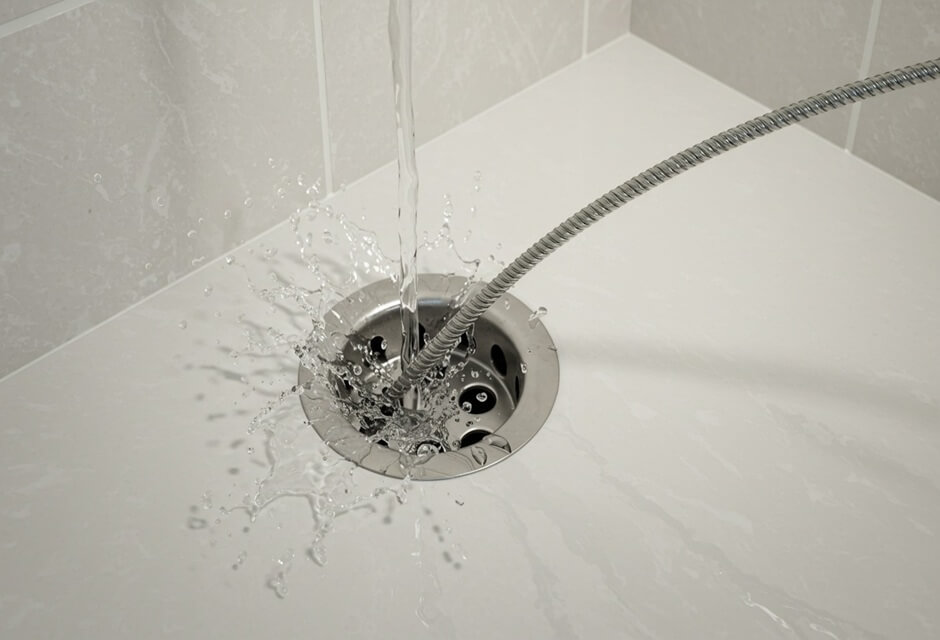
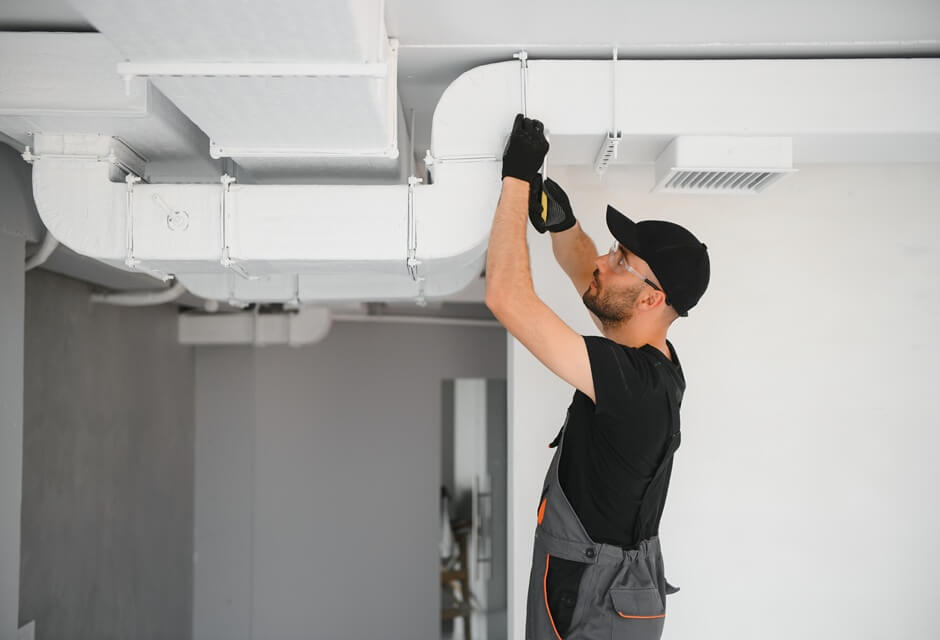
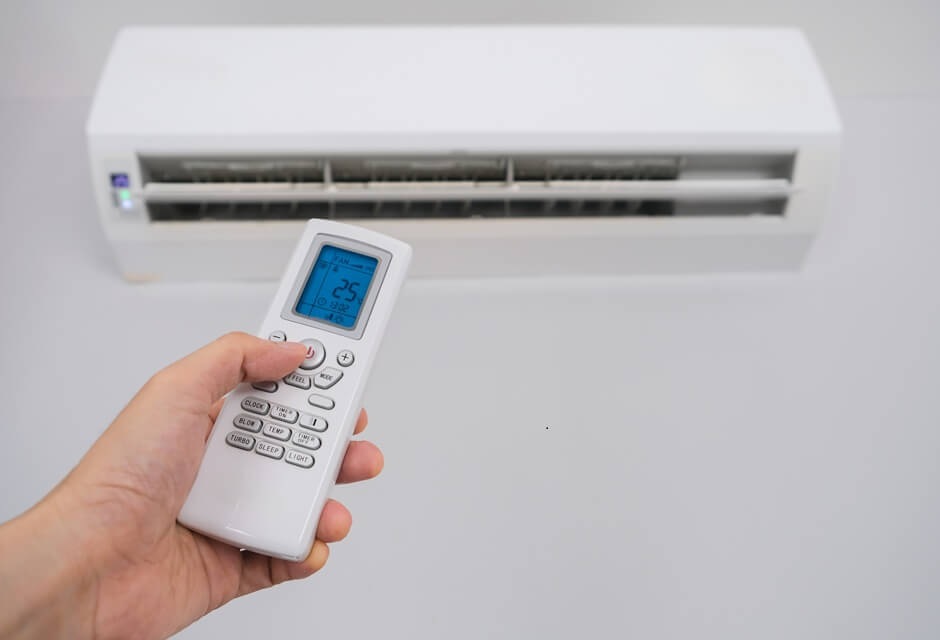
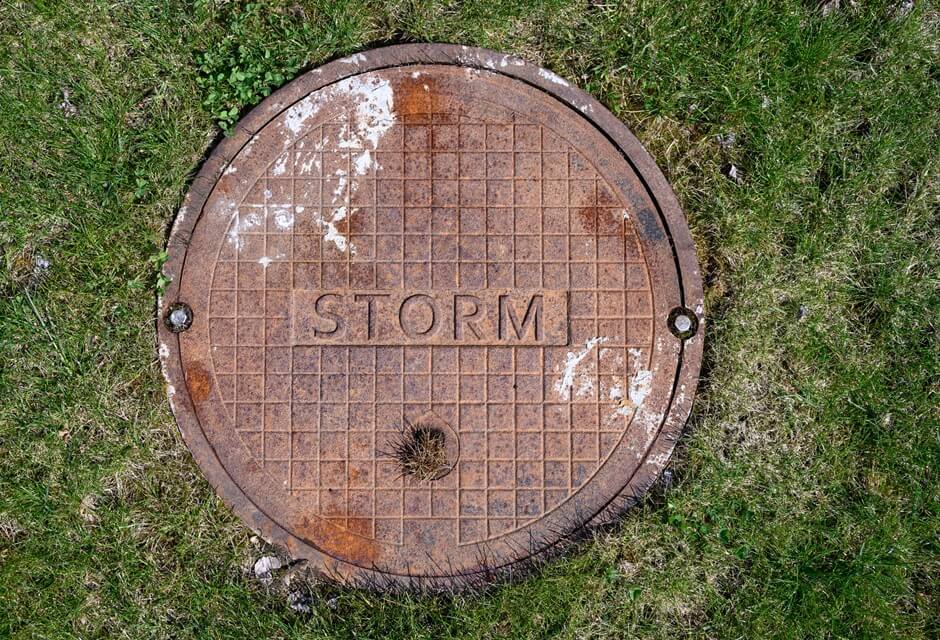
 Member of the
Member of the